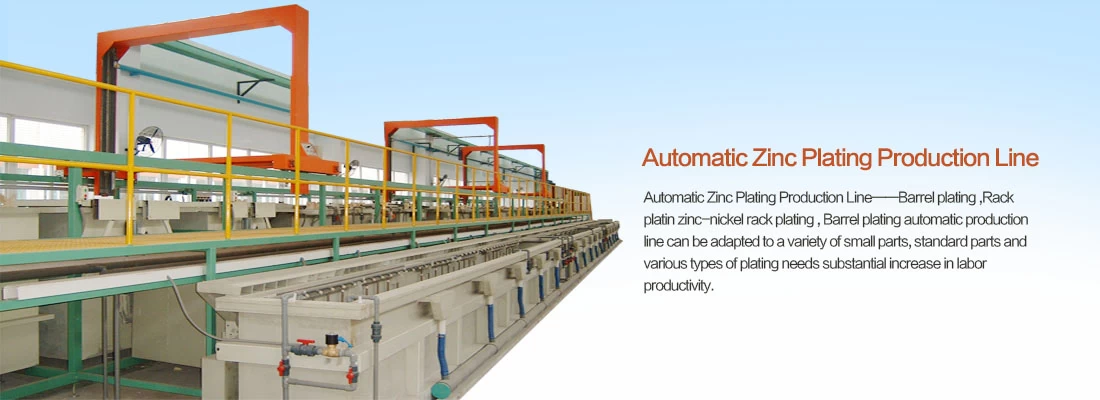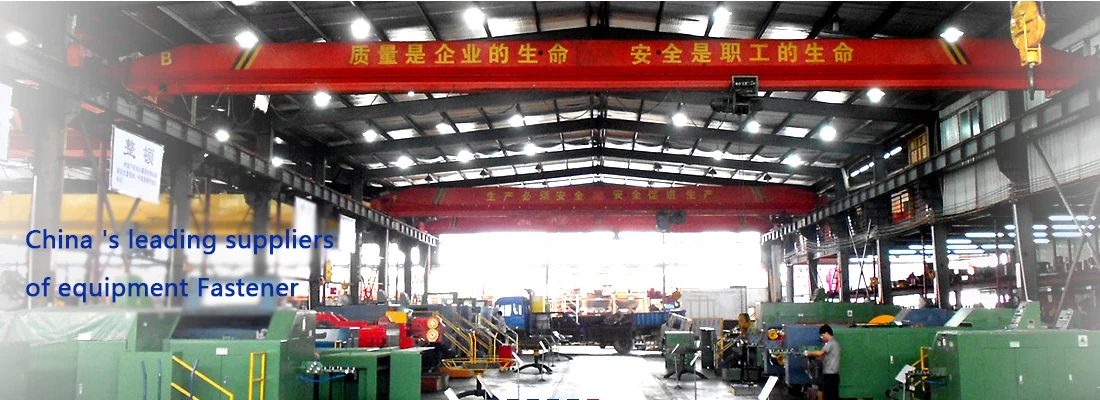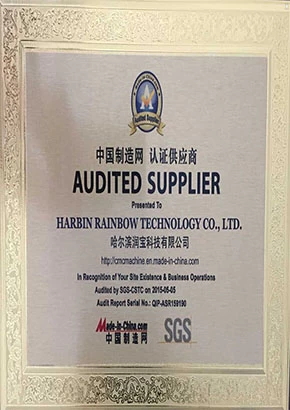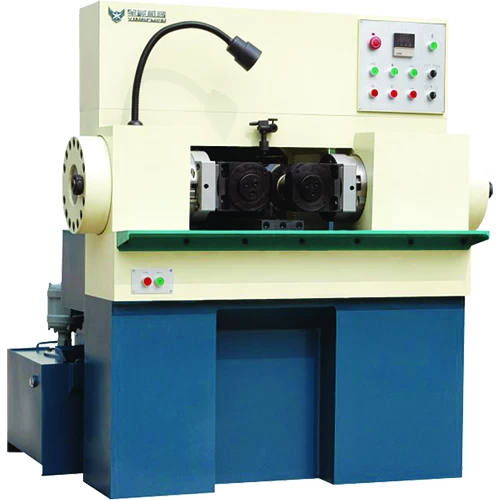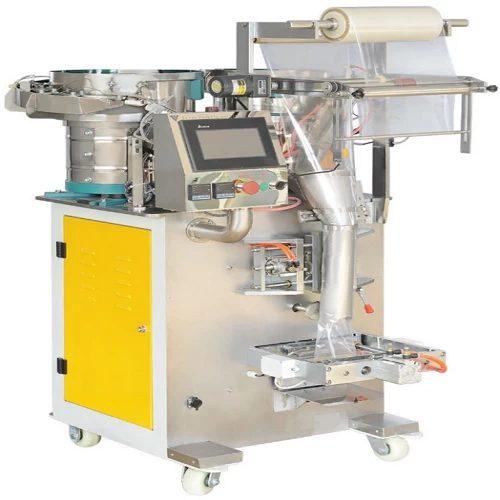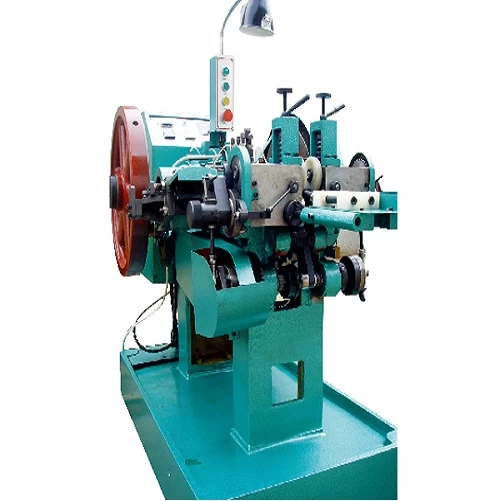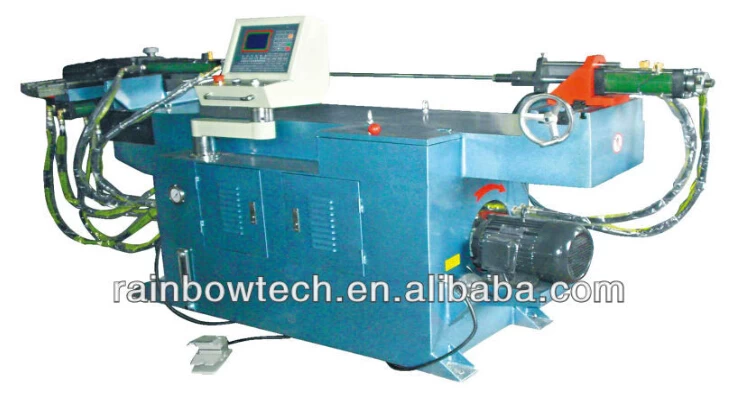Galvanizing Lines: Advanced Corrosion Protection for Metal Products
Introduction to Galvanizing Lines
A galvanizing line is an industrial production system that applies a protective zinc coating to steel or iron products through hot-dip or electro-galvanizing processes. This coating provides exceptional corrosion resistance, extending product lifespans by 50 years or more in harsh environments. Galvanizing lines are essential for producing construction materials, automotive parts, electrical components, and industrial hardware.
Why Choose Galvanized Coating?
✔ Superior Rust Prevention – Zinc forms a sacrificial layer that protects the base metal.
✔ Cost-Efficient Protection – Lower lifetime costs vs. painting/powder coating.
✔ Excellent Adhesion – Metallurgically bonded to the steel surface.
✔ Minimal Maintenance – No need for frequent repainting.
✔ Environmental Sustainability – Zinc is 100% recyclable.
Types of Galvanizing Lines
1. Hot-Dip Galvanizing (HDG) Line
- Process: Steel is immersed in molten zinc (450°C).
- Best for: Large structural steel (beams, pipes, guardrails).
- Advantages: Thick coating (50-150µm), long-term durability.
2. Electro-Galvanizing (EG) Line
- Process: Uses an electric current to deposit zinc.
- Best for: Thin, precision parts (car bodies, electronics).
- Advantages: Smooth finish (3-15µm), better paint adhesion.
3. Continuous Galvanizing Line (CGL)
- High-speed processing for coils and sheets (automotive, roofing).
- Includes pre-treatment, galvanizing, and post-treatment stages.
How a Galvanizing Line Works
- Pre-Treatment – Degreasing, pickling (acid cleaning), fluxing.
- Galvanizing – Hot-dip or electroplating zinc application.
- Cooling & Inspection – Air or water quenching, quality checks.
- Post-Treatment – Passivation, chromating, or phosphating (extra protection).
Key Applications



